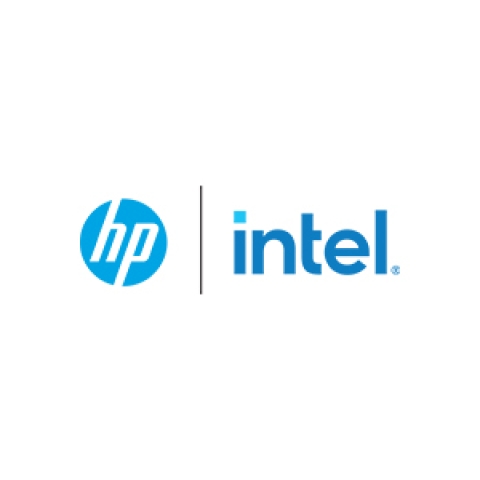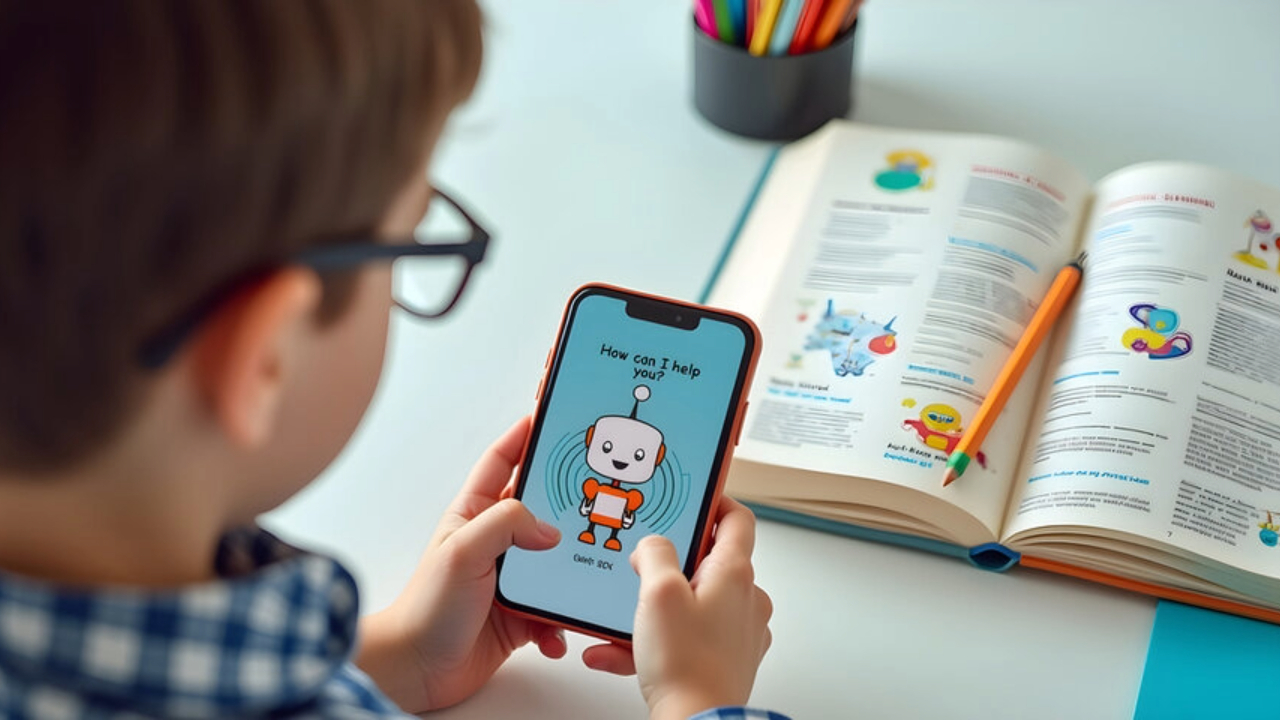(R)Evolution of Education

The sector is being assailed by incredible external and internal forces that are catalysing innovation.
The effect can be demarked into two separate categories.
Enhancing the current model
The initial effect has been to accelerate developments which were in the peripheral vision of educators but hadn’t managed to become mainstream despite the known benefits. This will however not shift the present matrix of education; it will only make the current pedagogical processes more digital and less friction filled. Admittedly, there will be the welcome transfer of some ownership of the education journey onto the student, but the fundamental building blocks won’t be drastically altered.
Creating a new model
The second phase of innovations will however transmute the landscape of the sector. The current mechanics of the exchange of knowledge - the mediums of transfer, relationship longevity and dynamics between acquirer and provider, the role and nature of credentialing authorities - will all undergo massive change.
The phases will neither be necessarily linear nor easy-to-box into distinct periods, especially across diverse geographies. But for the sake of envisioning the developments and grasping at the effervescent timelines, we will view the changes through the dual lenses of Impact and Speed.
Incremental Innovation | Adoption at scale within a year
1. Blended Learning (or Technology Hardware + Software Usage) is becoming centre stage in the classroom and addressing the needs of the constituents of the digital class – Student, Teacher and the IT arm.
The prerequisite for blended learning to move forward from the starting line, is for every student and educator to have access to a personal computing device. There has been a surge for demand in hardware from the education sector in mature economies. Emerging economies share the same ambition but for the moment are a step behind as they try and arrange budgets and assess local logistics.
Pedagogy e-solutions – either as standalone software’s or as an integral part of a robust Learning Management System - are capable of assisting every classroom function from lesson planning to attendance management. The Brick & Mortar school can now truly transition to a Bytes & Pixel environment. The next five years the Education Software market will register a 11.4% CAGR in terms of revenue, the global market size will reach $ 4370.7 million by 2025, from $ 2836.8 million in 2019 (Market Study Report LLC).
Very often the adoption of an LMS or some other e-solution fails because the teacher no longer feels in control of the class. Enabling them to have a command centre on their device which allows monitoring and control of the student devices is the crucial link that allows transitioning from an offline environment to an online environment painlessly.
And similarly supporting the third stakeholder in the class - the IT arm of the institute, requires a monitoring system and dashboarding of IT assets performance, so that the tech division can support the new environment in the best way possible.
The pandemic has enforced the digitization of learning pathways. Blended Learning was an oft repeated term but rarely adopted in practise. That has changed dramatically in the last 6 months. The amalgamation of the above components is creating fertile ground for blended learning to blossom. And for teachers to transition from being ‘Sages on the Stage’ to ‘Wizards of the Web’.
2. Content Digitization is the new battleground for taking education into the phygital era. Curriculum sits at the heart of the system and no matter how much technology is brought into the classroom it remains an unloaded and unutilized weapon until digitized content gunpowder is added to the mix. There is a rush to ingest paper curriculum and digitize it for use by the new suite of e-solutions. This is however just the first step in the journey and true evolution will be when this content is made interactive and interoperable, and not just digitized.
3. Flipped Classroom: The combination of blended learning and digitized content offers students the opportunity to take ownership of their learning and enables teachers to foster a more student-centric learning environment. The utopian Flipped Classroom discussed animatedly over the last decades now seems within reach.
The personalised journey and one-on-one engagement made possible through technology allows for the classical definition of a flipped classroom - “pedagogical approach in which direct instruction moves from the group learning space to the individual learning space, and the resulting group space is transformed into a dynamic, interactive learning environment where the educator guides students as they apply concepts and engage creatively in the subject matter” (The Flipped Learning Network, 2014) - to manifest rapidly into reality.
4. Modular Courses and Micro-credentials: MOOCs (Massive Open Online Course) which were launched with much fanfare in the early part of this decade were struggling to survive in recent years. The pandemic reversed their fortunes. Coursera added 10 million new users from mid-March to mid-May, seven times the pace of new sign-ups in the previous year. MOOCs had spent the last few years taking hard knocks and learning valuable lessons. They were best placed to take advantage of the crisis.
The model of the MOOCs – stackable nano-degrees with micro-credentials – leading to credits and eventual full fledged bachelor’s and master’s degree’s resonate with the current demand for flexible and value-for-money learning experiences. This is the year of resurgence for the MOOCs.
Radical Innovation | Adoption within next couple of years
5. Personalisation via AI/ML: As technology seeps into the classroom and data points get captured at scale, artificial intelligence will piggyback into the environment as well. Advanced algorithms and reinforcement learning engines sitting at the core of pedagogy e-solutions will soon assist teachers in understanding the pace and style of every learner under their care, and curate personalised journeys for maximum impact. Teaching to the ‘power of one’ will soon become a reality.
6. Boundaryless Campuses: Inter-university collaborative academic programs are not new but the dual vectors of – blended learning and cost rationalisation – in a post COVID world will force universities to adopt this approach in larger numbers. The partnerships and programs will become easier to administer in a digital world and students could soon be completing not just dual but tripartite degrees that bring universities from diverse parts of the globe together.
Both faculty and students will relish the benefits of engaging in a global program whilst having the flexibility of remaining based in their location of choice. Digital pathways and virtual environments will recreate both the individual campus experiences of each college and the networking benefits. While survival instincts would initially bring universities together, the broad appeal of such programs will ensure their exponential adoption. The campus will truly become boundaryless in the coming years.
7. Virtual Reality: As VR headsets become more advanced, related processing power more powerful, and 5G networks ubiquitous – immersive technologies will take permanent residence in the classrooms. The initial popularity of VR will be due to the multi-sensory engagements it enables which lead to better learning. Learning is a function of memory & understanding and both rely on strong anchors which are effortlessly activated in an immersive world.
VR’s usage will be further augmented by the equity factor. A VR headset in a class will enable disadvantaged students – whether the inequality is based on income or physical ability or gender - to have the same experiences that other students might be experiencing in the physical world.
Stay up to date
Subscribe to the free GESS Education newsletter and stay updated with the latest insights, trends, and event news every week. Your email address will remain confidential


